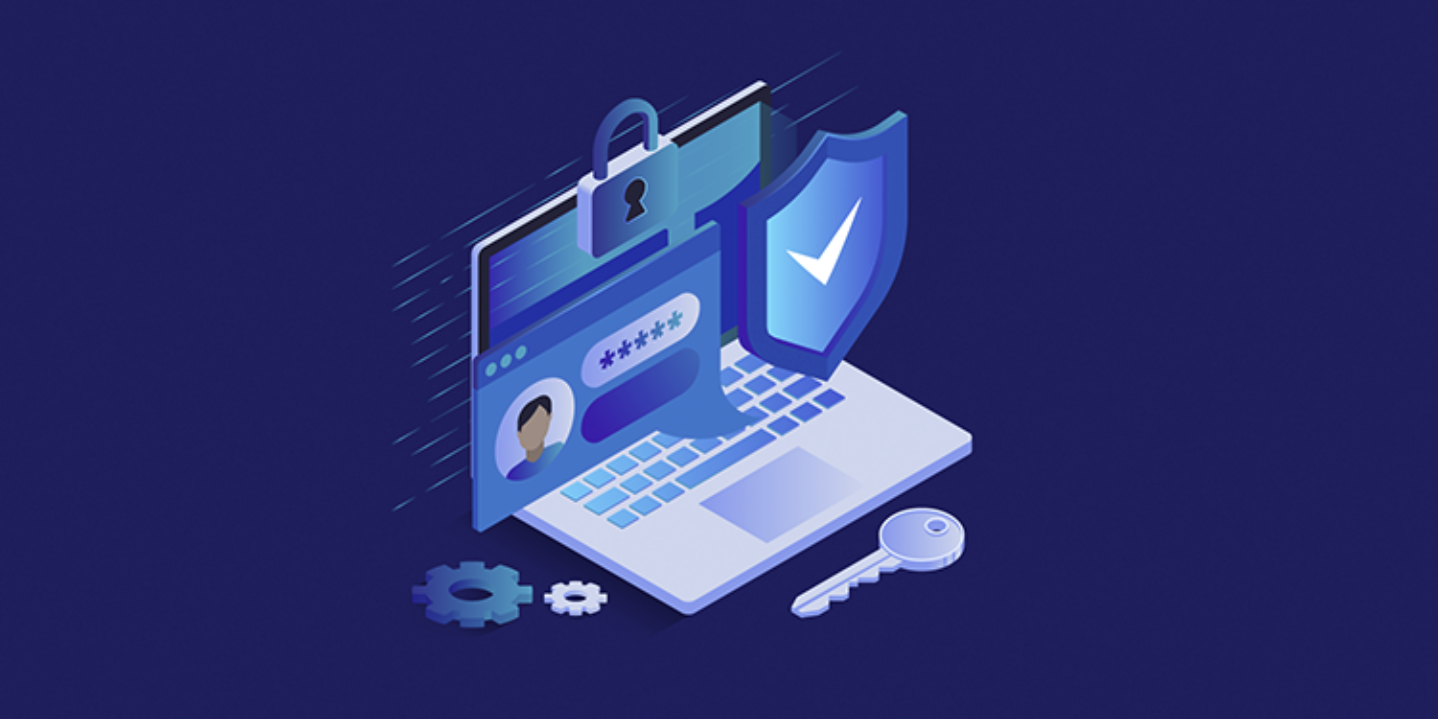
Security Challenges in Cloud Computing
Cloud computing has become essential for both individuals and businesses, but it also brings along certain security concerns that can put sensitive data at risk. While cloud storage offers convenience and flexibility, it exposes data to various vulnerabilities. For example, when data is in transit, it’s no longer protected by a firewall, making it more susceptible to threats. Since cloud services are designed for multiple users, the risk of cybercriminals accessing sensitive information increases as more people and devices gain access to the system.
The cloud presents not just anonymity concerns but also a range of security challenges. One of the biggest obstacles is determining the division of security responsibilities between the service provider and the user. The lack of a unified API system adds to this confusion. According to the Cloud Security Alliance, key issues include vulnerable interfaces, shared technology risks, insider threats, account hijacking, data breaches, and poorly defined risk profiles.
Malware Injections
Malware injections occur when hackers insert malicious code into cloud services. Once the code is in place, it manipulates the data imported into the cloud system, potentially going undetected for a long period. This poses a significant threat to the reliability of cloud hosting providers.
Authentication and Identity Management
Cloud service providers rely on Identity Management (IDM) systems to authenticate users. One major concern in this area is interoperability, as different identity tokens and security protocols can complicate the process. Current authentication systems, which are primarily based on passwords, have several drawbacks. A robust IDM system should be able to protect both user and process-related confidential information.
Data Breaches
Data breaches in the cloud can lead to stolen or leaked information. When a cloud infrastructure or connected computer is compromised, confidential data can be accessed, and cybercriminals might choose to distribute it. Since the cloud doesn’t rely on hardware, data can be leaked electronically or even recalled and shared later. This kind of data theft, often referred to as “low and slow” stealing, is a common risk in cloud computing.
Data Loss
Data loss is another serious concern in cloud storage. Unlike data breaches, which involve stolen information, data loss refers to complete deletion, often due to malware, viruses, or server failures. Without proper backups, businesses can face significant challenges in recovering lost data. If an attacker is targeting specific records, even backup data could be at risk.
Backup Challenges
Ensuring the security and usability of cloud backups is difficult. While backups are crucial for data recovery, cloud providers often store backup data without informing users of the specific details. Two emerging threats, “self-healing” and “self-optimization,” further complicate the situation. Self-healing refers to the ability of the cloud system to recover from failures, but it may not be clear where the data processing is happening. Self-optimization, on the other hand, refers to the cloud adjusting its services based on user needs, which could potentially introduce security risks if not properly managed.
Insecure APIs
Cloud services often rely on Application Programming Interfaces (APIs) to allow users to customize their cloud experience. While APIs can be highly beneficial, they also create security risks. If APIs aren’t properly secured, they can serve as entry points for cyberattacks and data breaches.
Failure to Recognize Security Responsibilities
When using cloud services, some security responsibilities fall on the user, while others are the provider’s responsibility. It’s crucial to understand these roles, such as ensuring proper password protection, authentication protocols, and access controls. Failing to take responsibility for these aspects can leave the system vulnerable, even if the provider implements strong security measures.
Denial of Service Attacks
Unlike other cyberattacks aimed at stealing data, denial of service (DoS) attacks aim to make a website or server inaccessible to legitimate users. While these attacks don’t directly compromise the security perimeter, they can be used as a smokescreen for other malicious activities, such as disabling security measures like firewalls.
Shared Vulnerabilities
Cloud security is a shared responsibility between the provider and the customer. While major providers like Google, Microsoft, and Dropbox have streamlined security processes, it’s up to the customer to ensure that their data remains protected. Users must actively monitor their cloud systems to prevent potential vulnerabilities from being exploited.
Conclusion
Cloud storage offers numerous benefits, including enhanced connectivity, accessibility, and efficiency. However, it also introduces a new set of security challenges. By understanding these risks and developing a robust security strategy, businesses can effectively safeguard their data in the cloud.













